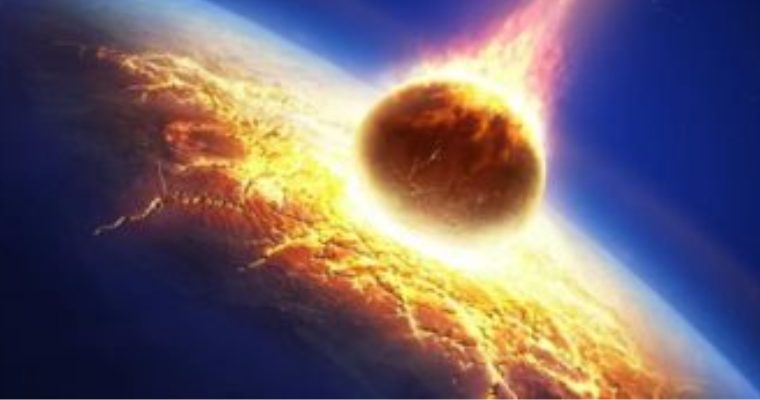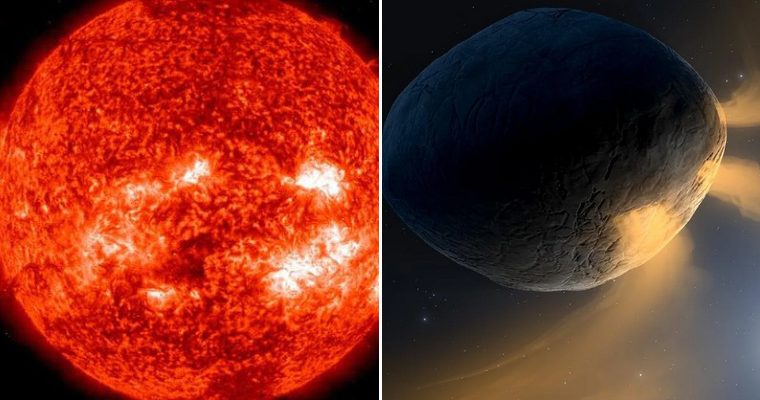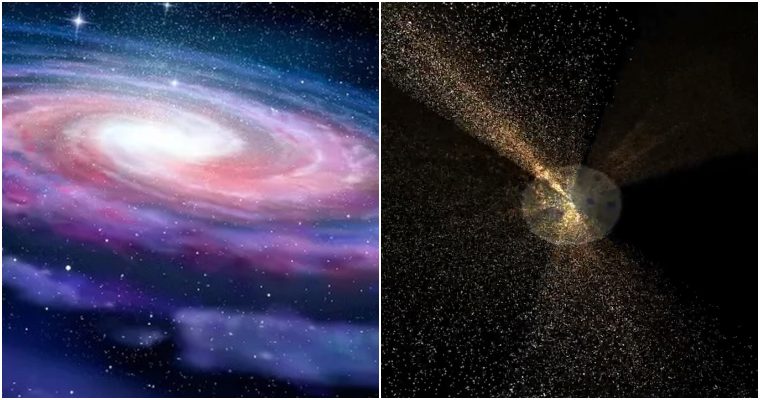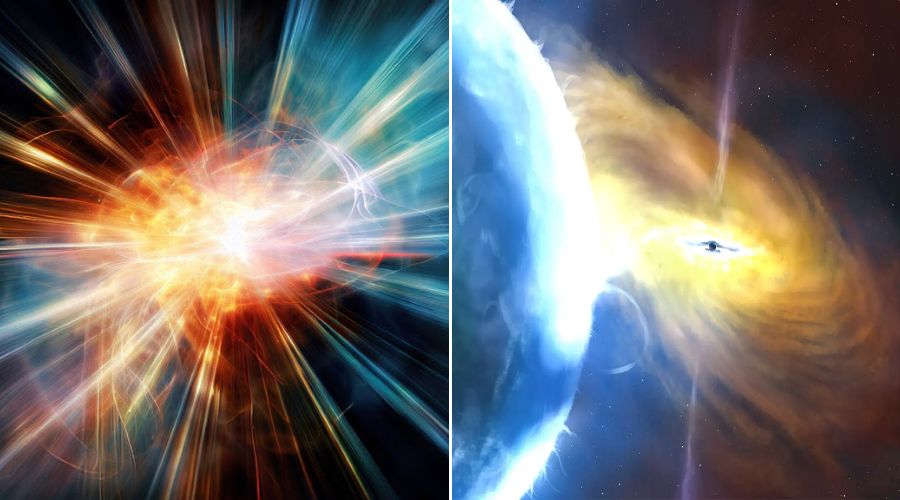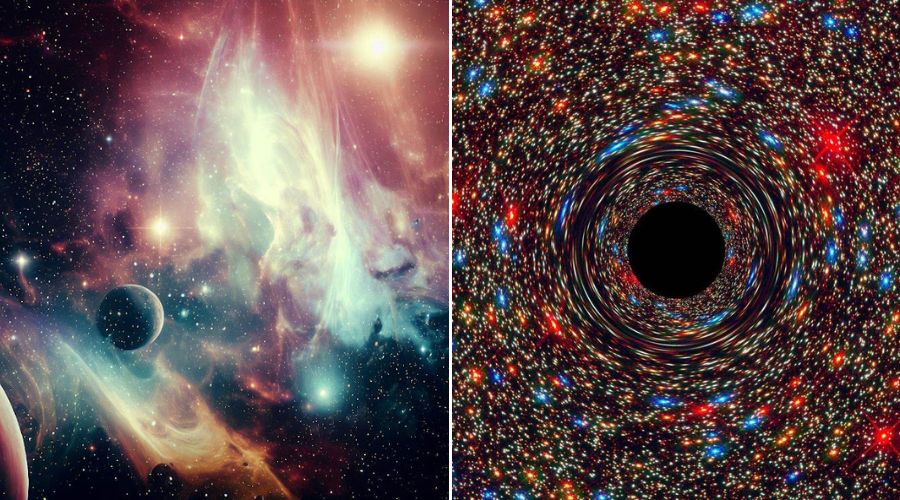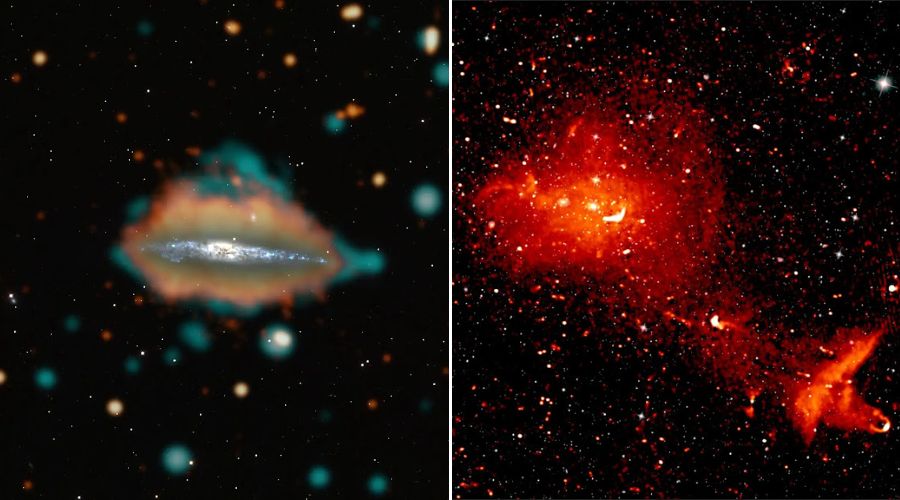A huge space rock struck our planet some 2.2 billion years ago, leaving a significant scar.
The so-called Yarrabubba impact structure is situated in Australia and is roughly 200 million years older than any other site like it on the surface of the earth.
Despite being the oldest site discovered to date, the impact site was difficult to locate.
It is particularly challenging to date old impact craters since the surface of our planet is constantly changing as a result of tectonic activity and erosion.

This is specifically the situation with the 70 km wide Yarrabubba crater in Western Australia, which was thought to be one of the oldest on our planet but lacked a definite age.
The study was presented by the researchers in a paper that was released on January 21 in Nature Communications. Even if there isn’t much of it visible right now, what’s inside can tell us a lot about the crater’s age. Known as Barlangi Mound, the impact crater’s core is a tiny, red hill.

The researchers concluded in their study that “[Barlangi Hill] has been characterized as an impact-generated molten rock.”
Minerals crystallized by the impact were examined by the researchers. To determine the exact age, they used an isotopic study to comprehend the chemical reactions occurring within the zircon and monazite rocks.
The crater of impact

A view of the impact crater at Yarrabubba Photo courtesy of The Conversation.
As a result, the scientists determined that the Yarrabubba impact crater is 200 million years older than the next oldest known impact crater, the Vredefort crater in South Africa, using a uranium-lead dating method.
If the impact crater’s chronology is correct, the collision of the enormous space objects took place during a time when much of our planet was frozen, which is known as a prehistoric ice age.
The scientists developed a variety of models that allowed them to investigate the potential consequences of a large asteroid impact, including how it may affect an ice sheet and the climate of the planet.

If an asteroid ever did strike a continent’s ice sheet, it would probably have caused a volcanic eruption-like explosion of rock, ash, and dust.
According to computer calculations, such an impact would have released anywhere between 87 trillion and 5,000 trillion kilograms of water vapor into the atmosphere of the planet. Given that water is an effective greenhouse gas, this is most likely what caused the ice sheet to melt.
According to senior study author Timmons Erickson of N.A.S.A’s Johnson Space Center, “If the impact occurred into an ice sheet then it would release gobs of water vapor, which is an even more efficient greenhouse gas than carbon dioxide.”
“That could lead to the world overheating as a result,”
However, what was just said is
If an asteroid ever did strike a continent’s ice sheet, it would probably have caused a volcanic eruption-like explosion of rock, ash, and dust.
The exact circumstances are still hotly contested, and the aforementioned situation is simply one probable one. Whatever the case, impact craters like Yarrabubba are crucial to science because they provide important information about how the earth might have appeared billions of years ago.



